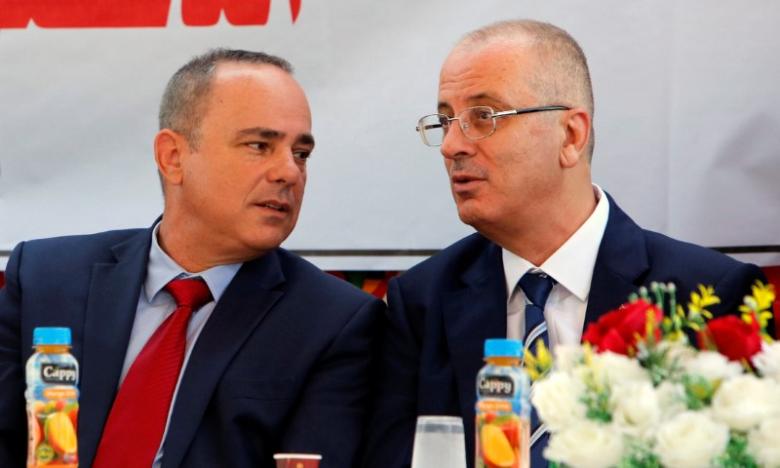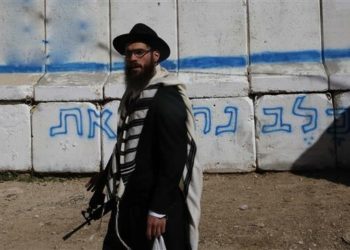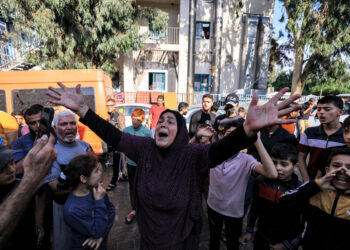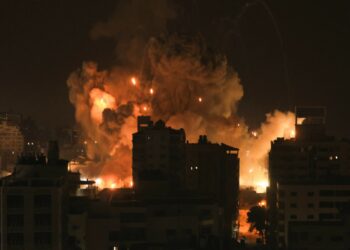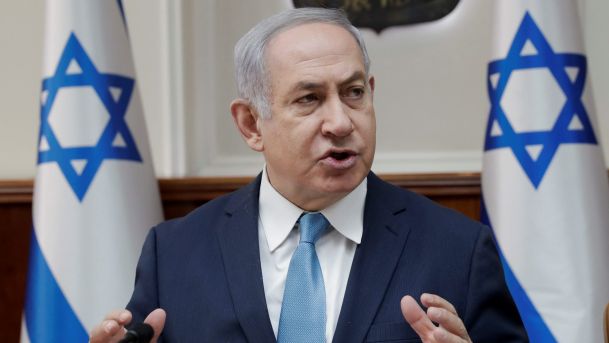Israel Electric Corp. and the Palestinian Authority have reached an agreement on Monday to boost Israeli electrical supply to the occupied West Bank.
The deal has come on the heels of a “darkened Gaza,” in which electricity supply dropped to an all-time low over the weekend, according to Gisha, an Israeli human rights group. Egypt, following an emergency call, delivered fuel to Gaza in a desperate effort to decrease daily breakouts.
The red ribbon cut by Palestinian Prime Minister Rami Hamdallah and Israeli Energy Minister Yuval Steinitz is the landmark of a new electrical sub-station that inaugurated near the West Bank city of Jenin.
By virtue of the rare hand-shakes of Israeli-Palestinian cooperation, three years after peace talks collapsed, the facility will transmit 60 megawatts of electricity purchased from the Israel Electric Corp (IEC).
“This is definitely an encouraging historic moment in which we are inaugurating the first substation in the Palestinian Authority,” Mr. Steinitz said at the ceremony.
This reconciliation of Israeli and Ramallah authorities drew the ire of some Gazans who have been receiving at most three hours of electricity per day amid sweltering summer temperatures, according to Charlotte Silver, reporter of Electronic Intifada news site.
It could also set off a new political firestorm between Palestinian President Mahmoud Abbas and the Hamas government in Gaza.
Last month, the IEC cut by nearly half the amount of power it supplies to Gaza after Palestinian Authority rejected to pay to the company for electricity. It argued that the rival Hamas government did not reimburse the cost.
As a result of a political dispute between the two administrations, two million residents of Gaza are under a new humanitarian crisis in which medical facilities were ground to a halt.
International Committee of the Red Cross (ICRC) warned that Gaza faces systematic collapse as hospitals, water, and sanitation systems lack power.
Guislain Defurne, head of the ICRC, told The Times of Israel that “Gaza is like a sinking ship.”
“Water is reaching the neck of the passengers. They can breathe, but water is still entering the ship,” he added.
In a series of tweets, Gaza blogger Omar Ghraieb has portrayed the worsening condition in Gaza Strip.
Its been 4+ days of no electricity. Barely 2hrs every 1-2 days with heat (35+ degrees), humidity 90%, no water, no life. #Gaza #gazablackout
— Omar Ghraieb???????? (@Omar_Gaza) July 11, 2017
Residents in Gaza require at least 450 megawatts of electricity a day, but it is only getting 120 MW.
In a new report, the United Nations said Gaza is effectively “unlivable” for its 2 million people, with declining incomes, healthcare, education, electricity and fresh water.
“Across the board, we’re watching de-development in slow motion,” Reuters quoted Robert Piper, the U.N. coordinator for humanitarian aid and development for the Gaza Strip and the West Bank, as saying.
“I see this extraordinarily inhuman and unjust process of strangling gradually two million civilians in Gaza that really pose a threat to nobody,” Mr. Piper said.
Asked who was doing the strangling, he blamed ordeal of Gazans on internal Palestinian political strife, Israeli security policies, and regional dynamics. Pressure on Qatar, a major donor to Hamas, is also playing a role in the suffering of Gazans.
According to Mr. Piper, conditions could immediately be improved without risking Israel’s security. He offers to expand the fishing zone off Gaza to 20 nautical miles from six currently. He argues a freer flow of goods, including water pumps, elevators, wood, steel, cables and other electrical equipment would help minimize the crisis.
The Hamas rule and Israeli blockade are at the same age in Gaza. Israel moved to isolate the military and political wing of the Islamist group by banning some goods that could be used in military hardware.
Gazans have limited access to the sea and Egypt teams up with Tel Aviv to enforce a blockade.


